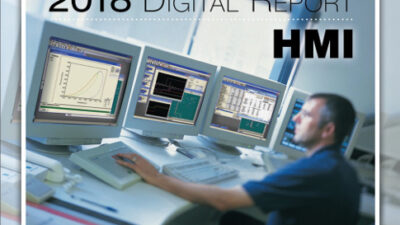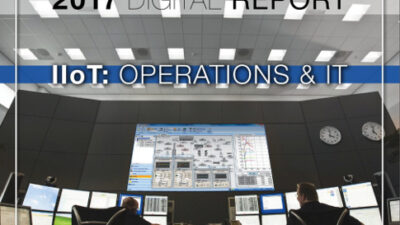Atomic Absorption (AA) spectrometers from ThermoElectron Corp. are designed to detect and analyze hazardous elements.
| PolarisQ ion trap mass spectrometer from ThermoElectron now incorporates the Focus GC with a split/splitless inlet. |
Atomic Absorption (AA) spectrometers from ThermoElectron Corp . are designed to detect and analyze hazardous elements. Instrumentation is intended provide manufacturers and recyclers, especially those in the electrical and electronics industry, with more effective methods for meeting new stringent Waste Electrical and Electronic Equipment (WEEE) and Restrictions of Hazardous Substances (RoHS) Directives.
Tighter EU regulations require electronic and electrical equipment to contain reduced levels of hazardous substances. Compliance also extends to companies who wish to trade in EU countries. Manufacturers will have to reduce the amount of waste going to landfill and the hazardous substance content of electronic and electrical equipment. The new directives make producers accountable for the waste and place on them the burden to meet published standards. Levels of heavy metal elements such as cadmium (Cd), lead (Pb), mercury (Hg), and chromium (Cr) will need to be stringently controlled.
M and S Series AA spectrometers analyze trace metals in a wide range of samples. They feature the manufacturer’s VP100 continuous flow vapor system, which allows high sensitivity vapor analyses to be performed. A long-path length mercury absorption cell, also included, provides even lower detection limits of mercury formed as a mono-atomic vapor, a specific concern of WEEE/RoHS compliance.
In other spectrometer news, the company is extending its PolarisQ ion trap mass spectrometer offering by incorporating the Focus GC with a split/splitless inlet. The new configuration is said to be easy to use, economical, and requires minimal operator training. It also saves bench space. Focus-PolarisQ GC/MS (gas chromatograph/mass spectrometer) provides affordable MSn (mass spectrometry to the nthpower) capabilities to laboratories performing routine analyses.
Instrument is used in a wide range of applications, including forensic, toxicological, environmental, and flavor and fragrance analyses. It uses external ionization to achieve maximum productivity and reliability while providing classical, library searchable spectra regardless of matrix and concentration.
—Jeanine Katzel, senior editor, Control Engineering, [email protected]


